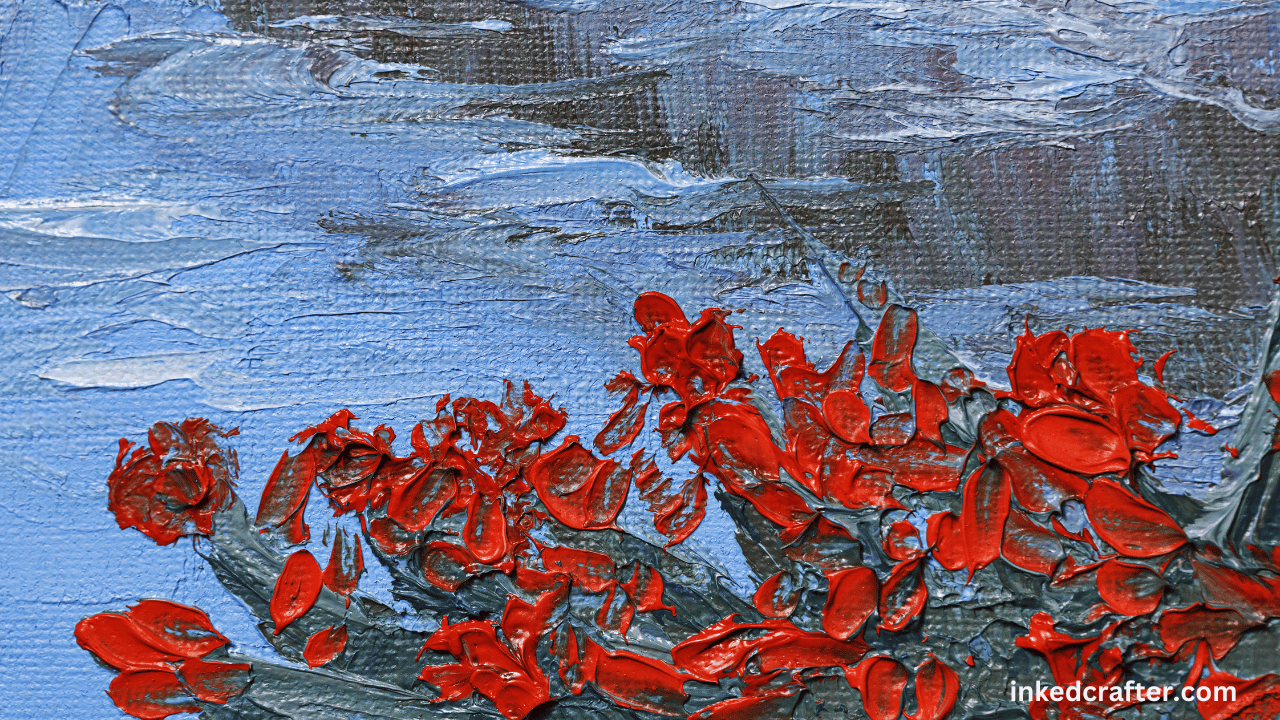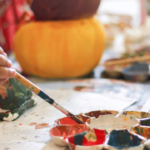Welcome to the fascinating world of painting! Whether you’re a seasoned artist or just starting your artistic journey, the question of whether oil paints can be used on wood may have crossed your mind. In this comprehensive guide, we will explore the possibilities and techniques of oil painting on wood, catering especially to beginners who are eager to delve into this exciting medium.

Contents
- 1 Understanding Oil Painting on Wood
- 2 Preparing the Wood Surface
- 3 Choosing the Right Oil Paints
- 4 Techniques for Oil Painting on Wood
- 5 Tips for Beginners
- 6 Conclusion
- 7 FAQs
- 8 Can you use oil paint on wood?
- 9 How do you prepare wood for oil painting?
- 10 What type of oil paint should I use on wood?
- 11 Can you blend oil paint on wood?
- 12 How long does oil paint take to dry on wood?
Understanding Oil Painting on Wood
The idea of painting on wood might seem unconventional to some, but it’s a practice that artists have embraced for centuries. Painting on wood offers a unique canvas that brings its own texture and character to the artwork.
However, to achieve the best results, it’s crucial to prepare the wood surface properly before diving into your masterpiece.
Preparing the Wood Surface
Preparation is key when it comes to painting on wood. Begin by sanding the wood to create a smooth and even surface. This step is essential as it helps the paint adhere better and ensures a flawless finish. Use fine-grit sandpaper and work in the direction of the wood grain for the best results.
After sanding, it’s time to apply a primer specifically designed for wood surfaces. The primer acts as a base coat, sealing the wood and providing a smooth, uniform surface for the paint to adhere to. Be sure to choose a primer that is compatible with oil-based paints to ensure optimal adhesion and longevity.
Choosing the Right Oil Paints
Selecting the right oil paints is crucial for achieving professional-looking results. Look for high-quality paints that offer rich pigmentation and excellent durability. Oil-based paints are ideal for use on wood surfaces as they provide superior coverage and color retention.
Consider investing in a set of professional-grade oil paints that are specifically formulated for use on wood. These paints are designed to withstand the natural expansion and contraction of wood and offer long-lasting results. Experiment with different colors and brands to find the ones that best suit your artistic vision.
Techniques for Oil Painting on Wood
Now that you have your materials ready, let’s explore some basic techniques for oil painting on wood:
- Layering: Start by applying thin layers of paint to build up your composition gradually. This technique allows you to create depth and dimension in your artwork, giving it a sense of realism and vibrancy.
- Blending: Experiment with blending different colors directly on the wood surface to create smooth transitions and gradients. Use a soft brush or a palette knife to blend the colors seamlessly, creating soft, dreamy effects.
- Texture: Take advantage of the natural texture of the wood by allowing it to show through in certain areas of your painting. This can add visual interest and depth to your artwork, giving it a rustic, organic feel.
- Detailing: Use fine brushes and small, controlled strokes to add intricate details and highlights to your painting. Pay attention to light and shadow, and use contrasting colors to create depth and dimension.

Tips for Beginners
If you’re new to oil painting on wood, here are some helpful tips to get you started:
- Start Small: Begin with smaller wood panels or canvases to practice your techniques before tackling larger projects. This will allow you to experiment and refine your skills without feeling overwhelmed.
- Experiment: Don’t be afraid to experiment with different colors, textures, and techniques to discover your unique artistic style. Embrace the process of exploration and discovery, and don’t be afraid to make mistakes along the way.
- Patience is Key: Oil painting requires patience and persistence. Allow each layer of paint to dry completely before applying the next, and don’t rush the process. Take your time and enjoy the journey of creating something beautiful.
- Learn from Others: Seek inspiration from other artists who specialize in oil painting on wood. Study their techniques and approaches, and don’t hesitate to ask for advice or guidance. Joining a local art group or taking a painting class can also be a great way to learn from others and expand your skills.
Conclusion
Oil painting on wood is a versatile and rewarding artistic medium that offers endless possibilities for creativity. By following the techniques and tips outlined in this guide, beginners can embark on their oil painting journey with confidence and enthusiasm. So gather your materials, unleash your imagination, and let your creativity soar on the unique canvas of wood!
FAQs
-
Can you use oil paint on wood?
Yes, you can definitely use oil paint on wood. Painting on wood offers a unique canvas that adds texture and character to your artwork. However, it’s important to properly prepare the wood surface before painting to ensure the best results.
-
How do you prepare wood for oil painting?
To prepare wood for oil painting, start by sanding the surface to create a smooth and even texture. Then, apply a primer specifically designed for wood surfaces to seal the wood and provide a base for the paint to adhere to. Make sure to choose a primer that is compatible with oil-based paints for optimal results.
-
What type of oil paint should I use on wood?
When painting on wood, it’s best to use oil-based paints that are specifically formulated for use on wood surfaces. These paints offer superior adhesion and durability, ensuring long-lasting results. Look for high-quality paints that offer rich pigmentation and excellent coverage for the best outcome.
-
Can you blend oil paint on wood?
Yes, you can blend oil paint on wood to create smooth transitions and gradients. Experiment with different colors and techniques to achieve the desired effect. Use a soft brush or a palette knife to blend the colors seamlessly, adding depth and dimension to your artwork.
-
How long does oil paint take to dry on wood?
Oil paint typically takes longer to dry on wood compared to other surfaces. Depending on the thickness of the paint and environmental conditions, it can take anywhere from a few days to several weeks for oil paint to fully dry on wood. Be patient and allow each layer to dry completely before applying the next.








